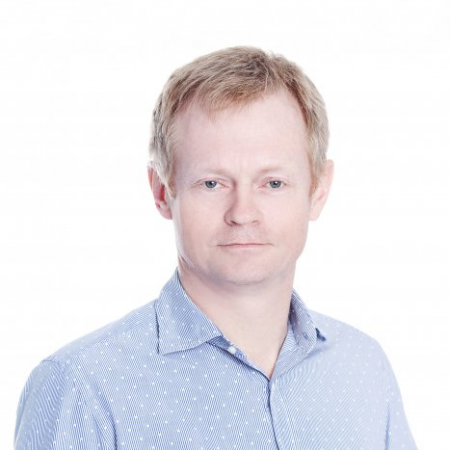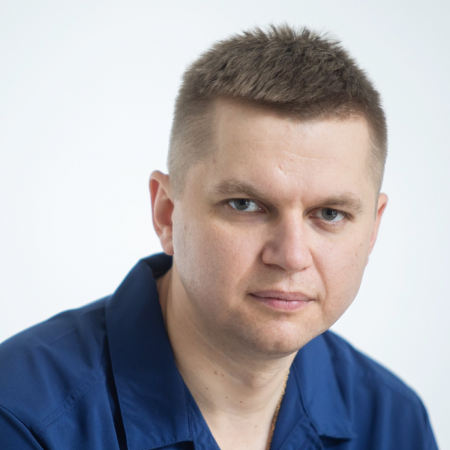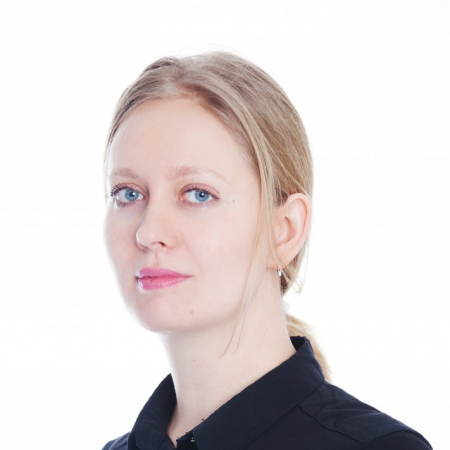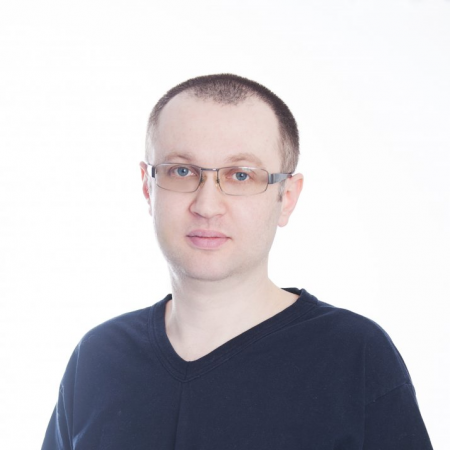Ventricular septal defect
Ventricular septal defect (VSD) is a congenital anomaly of the heart, which is the presence of an opening between the left and right ventricles of the heart. As a result, the blood begins to move incorrectly through the chambers of the heart, blood is discharged from left to right, which leads to overfilling of the small circle of blood circulation with excess blood volume and, as a result, unpleasant symptoms.
VSD is a fairly common heart disease and occurs in 5% of newborns out of 1000, its frequency is 20% of all congenital anomalies. VSD can occur both in isolation and together with other congenital malformations, such as tetralogy of Fallot, transposition of the great arteries, etc.
Classification
The following defects are distinguished by size:
- small - hole diameter up to 1 cm;
- large - the hole diameter exceeds 1 cm.
By location, there are 3 types of VSD:
- Membranous - located in the upper part of the septum, usually small in size, often close spontaneously.
- Supra-crestal - the defect is located on the border of the left and right ventricles. Able to close on its own.
- Muscular - located on the muscular portion of the septum.
Symptoms
Small VSDs may be asymptomatic; the first clinical signs appear with the development of pulmonary changes. Among these signs are:
- lag in the physical development of the child in comparison with peers, poor weight gain;
- shortness of breath while feeding or crying;
- weakness and fatigue;
- refusal to eat, lack of appetite;
- a feeling of irregular heart work;
- tendency to frequent pneumonia;
- cyanosis.
In the presence of a large defect, the symptoms are quite pronounced, and such holes in the interventricular septum must be treated in time so as not to cause a number of complications from mild to life-threatening.
VSD treatment
In 40% of cases, a small ventricular septal defect closes completely or decreases in size during the first year of life, so such situations usually do not require medical or surgical treatment. In patients with large defects that have led to severe pulmonary hypertension, progressive left ventricular dysfunction, or severe clinical symptoms, the abnormality should be corrected as soon as possible. In this case, both conservative therapy and the latest surgical techniques are used. Today in Ukraine there are two surgical methods for closing the defect - endovascular and surgery, in conditions of artificial circulation. However, in modern conditions, it is the endovascular method that is most often used, since it has a number of advantages:
- performed without stopping the heart and cavity cuts;
- performed under local anesthesia;
- since the operation is low-traumatic, painful sensations in the postoperative period are minimal;
- the risk of complications is minimized;
- faster rehabilitation period.
There are also contraindications to surgery:
- patient weight less than 5 kg;
- the presence of acute infectious disease;
- the proximity of the IVS defect to the heart valves;
- coagulopathy, etc.
The course of surgery for the treatment of VSD
VSD correction is endovascular in an X-ray operating room. To begin with, the puncture site is anesthetized, then a contrast agent is injected into the bloodstream for high-quality visualization. Monitoring of ECG, blood pressure is carried out.
The cardiac surgeon, using puncture, inserts a thin flexible probe into the femoral artery, inside which there is an occluder - a mesh patch to close the defect. Next, he gradually advances the catheter to the site of the defect and, upon reaching the desired point, straightens the occluder so that one disc of the patch is located in the left ventricle, and the second in the right. Thus, the hole is completely closed, and over time, the mesh patch is completely overgrown with soft tissues, which leads to complete isolation of the chambers.
At the end of the operation, a control X-ray examination of the chest organs is performed.
The procedure takes about 2 hours.
Rehabilitation
On the first day, the patient is under the supervision of specialists. The total recovery period takes about 4 weeks. Within 6 months after the operation, it will be necessary to take medications for the prevention of thrombus formation, and recommendations are also given regarding the correction of the lifestyle, namely, the conduct of therapeutic exercises, diet therapy. Subject to all the prescriptions of the attending physician, the rehabilitation period will pass easily and without complications.
The specialists of the Dobrobut clinic in Kyiv are surgeons with international recognition, authors of the latest developments and methods of minimally invasive heart surgery, who have extensive experience in performing endovascular closure of ventricular septal defects in Ukraine.
Our advantages are comfortable conditions of stay in the clinic, qualified care, maximum attention to each patient, reasonable prices. Effective rehabilitation programs used in the clinic accelerate the recovery of the body, improve well-being, and professional psychological support helps to create a positive attitude and confidence in successful treatment.
You can sign up for a consultation and clarify the cost of services by calling our call center.
Bibliography
- Congenital Heart Defects - Facts about Ventricular Septal Defect. Published online, 17 November, 2020
- Ventricular septal defect (VSD) - Symptoms and causes. Published online, 26 February, 2021
- Prema Ramaswamy - Ventricular Septal Defects: Background, Anatomy, Pathophysiology, Published online, 09 December, 2020.




